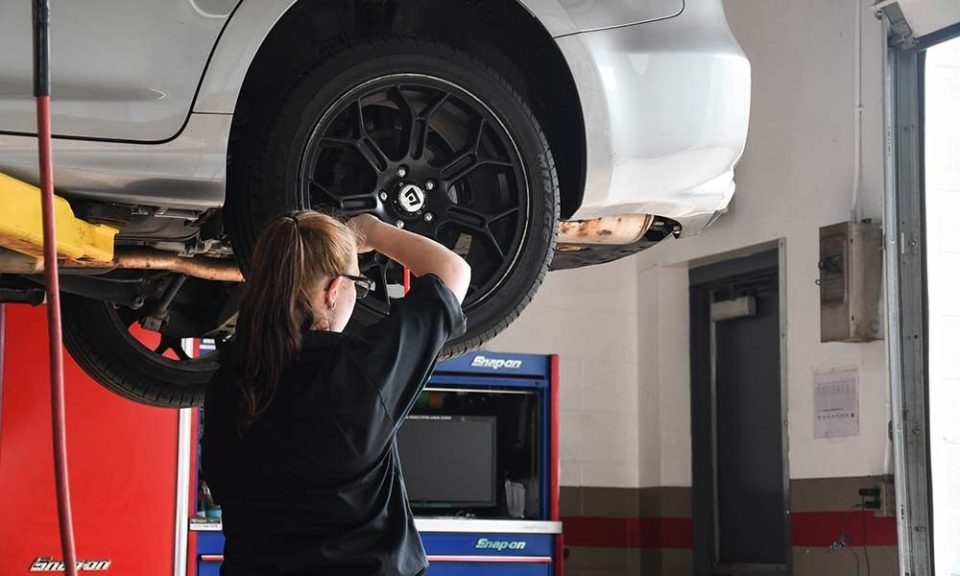Turn signals are vital for safe driving, signaling your intentions to other motorists and preventing accidents. However, a problem that is often overlooked as a cause of turn signal failure is water intrusion. Hidden water leaks in a vehicle can lead to electrical shorts, corrosion, and damage to the turn signal circuits, causing intermittent or complete failure. This article explains how water leaks affect turn signals and why professional repairs are essential to restore proper function.
How Water Leaks Affect Turn Signal Circuits
Vehicles are exposed to water from rain, car washes, and road splashes daily. Although modern cars are designed to keep water out, seals and weatherstripping can deteriorate over time, allowing water to seep into areas housing electrical components. When water enters the turn signal circuit—whether through door seals, windshield edges, or faulty gaskets—it can cause short circuits or corrosion on connectors and wiring.
Electrical shorts occur when water creates an unintended path for electricity, disrupting the flow of current. This can lead to flickering turn signals, signals that fail to activate, or even blown fuses. Corrosion further damages metal contacts and connectors, increasing resistance and preventing reliable electrical connections. Over time, untreated leaks can cause permanent damage to the vehicle’s wiring harness or control modules. Choosing the Auto Repair in Lafayette, CO based service would be quite an option if you want fast solution.
Identifying Water Leak-Related Turn Signal Issues
Turn signal problems caused by water leaks often appear intermittently or worsen after rain or washing the car. Drivers may notice signals blinking irregularly, turning on without activation, or not working at all on one or both sides. Dampness, moisture, or a musty odor near the affected light assemblies or interior panels can also indicate leaks.
Professional technicians use moisture detection tools and visual inspections to locate the source of water intrusion. They check common leak points such as door seals, window moldings, sunroof drains, and body panel seams. Detecting the exact leak is critical because simply repairing electrical components without fixing the water source will only provide a temporary fix.
Why Professional Water Leak Repairs Are Crucial
Repairing water leaks requires specialized skills and knowledge of vehicle construction. Professionals carefully remove interior panels or trim to access hidden areas and assess damage. They replace worn seals, apply waterproof coatings, or reseal joints to stop water entry permanently.
Technicians also inspect and repair affected electrical components. This may involve cleaning corroded connectors, replacing damaged wiring, or testing and replacing turn signal modules. Proper diagnosis and comprehensive repair ensure the turn signals function reliably and prevent further electrical failures.
Preventing Future Water-Related Turn Signal Failures
Regular vehicle maintenance helps prevent water leaks from damaging turn signals. Inspecting and replacing weatherstripping and seals before they fail can reduce water intrusion risks. Avoid parking under leaking roofs or trees that drip water onto the vehicle, which can worsen leaks.
Additionally, periodic checks of all exterior lights and wiring, especially after severe weather, can catch issues early. Prompt attention to dampness or electrical problems reduces the chance of costly repairs and safety hazards.

